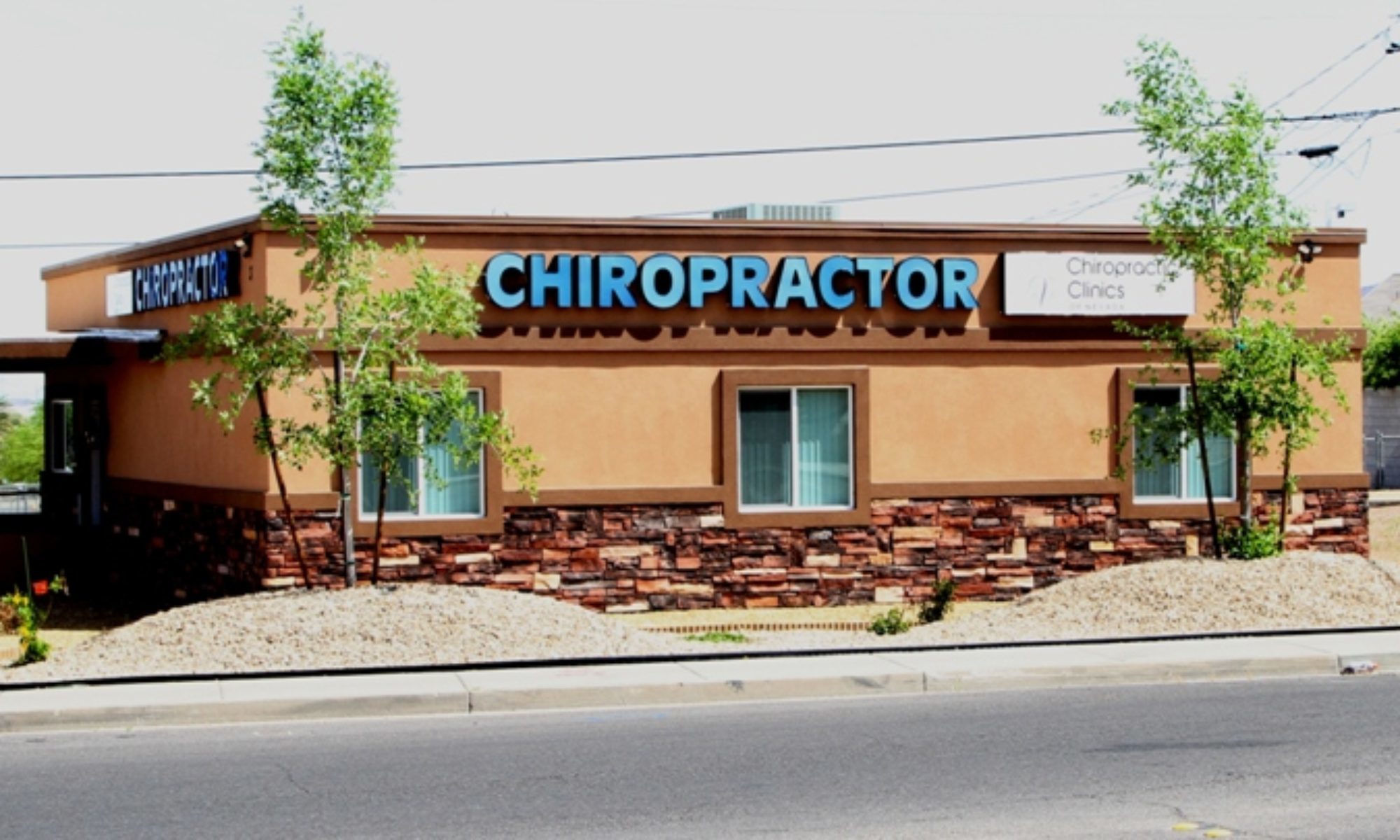The U.S. Environmental Protection Agency (EPA) has announced it will regulate the mercury used in dental amalgam fillings.
Responding to concerns about mercury amalgam pollution in the environment, the pro-mercury American Dental Association (ADA) had lobbied for “voluntary” self-regulation for its members. However, since the ADA’s position (and that of nearly all its more than 155,000 dentist members) is that mercury amalgams pose no environmental threat, self-regulation would have done little or nothing to stop dentists from continuing to dump tons of mercury into our environment.
Mercury released by amalgam-using dentists pollutes our water, our air, and our land, resulting in devastating environmental health effects. According to the EPA, 50 percent of all mercury entering local waste treatment plants comes directly from dental offices, where millions of bits and pieces of amalgam fillings are sent down the drain every year.
But the EPA explained in its announcement about regulating mercury amalgam that once dental mercury enters the environment, “certain microorganisms can change elemental mercury [which comprises about 50% of dental mercury amalgam) into methylmercury, a highly toxic form that builds up in fish, shellfish and animals that eat fish. Fish and shellfish are the main sources of methylmercury exposure to humans. Methylmercury can damage children’s developing brains and nervous systems even before they are born.”
Another problem, say consumer groups against the use of mercury amalgams, is the indiscriminate polluting of the air via crematoria. Tens of thousands of people with mercury fillings are cremated every year, and significant amounts of toxic mercury are released into the atmosphere along with the smoke.
For decades, the EPA maintained what critics called a “midnight deal” with the ADA: a “memorandum of understanding” by which the ADA was actually in charge of environmental safety in dental offices through, for example, the use of devices for trapping dental mercury before it goes down the drain. Under this arrangement, these devices were either woefully inadequate or woefully underused. As a spokesperson for the Consumers for Dental Choice said, it was like putting Colonel Sanders in charge of the chicken coop.
Teamed with other environmental groups to protest the status quo and demand new regulations, the Consumers for Dental Choice, established in 1996 by consumer advocates, mercury poisoning victims, scientists and mercury-free dentists, helped organize a congressional hearing to address the failure of ADA’s voluntary approach and the ever-increasing problem of dental mercury pollution.
As a result of all the efforts taken by numerous groups over the years, the EPA says it finally will propose a rule to regulate dental mercury in 2011. The public can participate by submitting public comments before the rule is finalized in 2012.
Want information about how to combat the effects of mercury? Check out www.nevadachiro.com or call (702) 565-7474.
SOURCES: Environmental Protection Agency, September 2010, http://yosemite.epa.gov/opa/admpress.nsf/d0cf6618525a9efb85257359003fb69d/a640db2ebad201cd852577ab00634848




